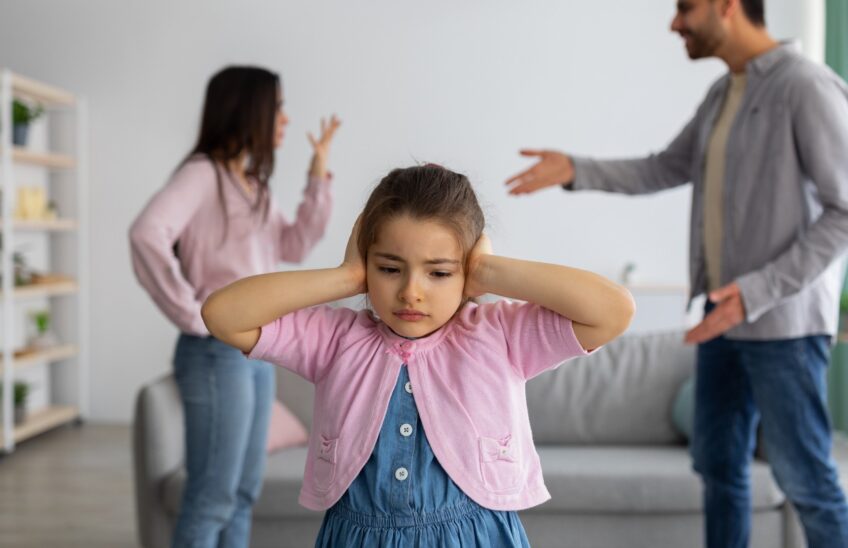Childhood – a time often romanticised as carefree and wondrous. Yet, behind the façade of innocent play and discoveries, some children bear burdens that are immense, often invisible, and deeply transformative.
The root of these burdens can be traced back to trauma, an overarching term that encapsulates experiences that threaten the safety, security, and well-being of a young person. At humanutopia, through our close interactions with schools and students, we’ve come to understand that unlocking the doors to learning potential often means addressing the shackles of past traumas.
Different Types of Traumas
- Physical Trauma: This is perhaps the most recognisable form, manifesting as a result of accidents, injuries, or physical abuse. Physical trauma doesn’t merely end with the healing of a wound; its imprints linger in the psyche, potentially triggering fear, anxiety, and other emotional repercussions.
- Emotional Trauma: Stemming from situations that deeply disturb the emotional balance of a child, this can arise from experiences of abandonment, emotional abuse, or witnessing distressing events. Emotional trauma can be particularly insidious as its scars aren’t always visible, residing deep within a child’s emotional fabric.
- Societal Trauma: Rooted in the larger societal framework, these traumas are tied to experiences of racism, discrimination, poverty, or community violence. They carry the collective weight of societal prejudices and inequalities, shaping a child’s understanding of their place in the world.
Common Causes
- Abuse: Whether physical, emotional, or sexual, abuse introduces a young individual to a realm of pain and betrayal that can profoundly affect their sense of self and trust in others.
- Neglect: The absence of care, love, and basic necessities can lead to feelings of unworthiness and isolation. Neglect challenges a child’s inherent need for security and belonging.
- Bullying: A pervasive issue in schools worldwide, bullying can severely impact a child’s self-esteem, confidence, and sense of safety. The emotional or physical torment by peers can lead to long-lasting psychological distress.
- Family Issues: From parental conflicts to the loss of a loved one, challenges within the familial structure can lead to feelings of instability and fear.
- Societal Challenges: Living in an environment marred by violence, discrimination, or poverty can engender a constant state of stress and unease, profoundly influencing a child’s perception of the world.
Recognising Signs of Trauma in Young People
Spotting trauma can be akin to reading between the lines. The signs are often subtle, varied, and deeply personal. However, some common manifestations include:
- Withdrawal from social interactions or a sudden change in friendships.
- A decline in academic performance and decreased focus in class.
- Aggressive behaviours or outbursts of anger.
- Unexplained aches, pains, or frequent visits to the school nurse.
- Changes in appetite or sleep patterns.
- Regressive behaviours, such as thumb-sucking or bed-wetting in younger pupils.
- A constant state of alertness or startled responses, as if expecting something bad to happen.
It’s important for educators and school staff to approach these signs with empathy, understanding, and patience. Jumping to conclusions or punitive measures can further alienate a traumatised student.
In our journey with the work that we have done in over 600 schools, we’ve emphasised the transformative power of awareness, acceptance, and actionable intervention. By understanding the causes and manifestations of childhood trauma, schools can be better equipped to create nurturing environments where every child feels seen, valued, and supported. The road to healing begins with recognition, and as educators, we possess the remarkable ability to light the path forward.















